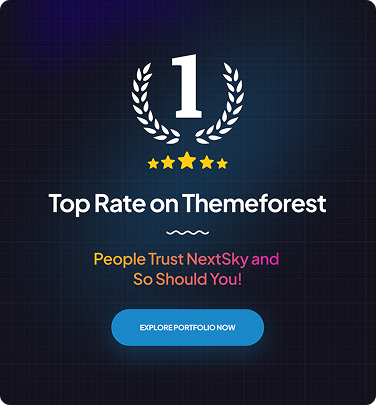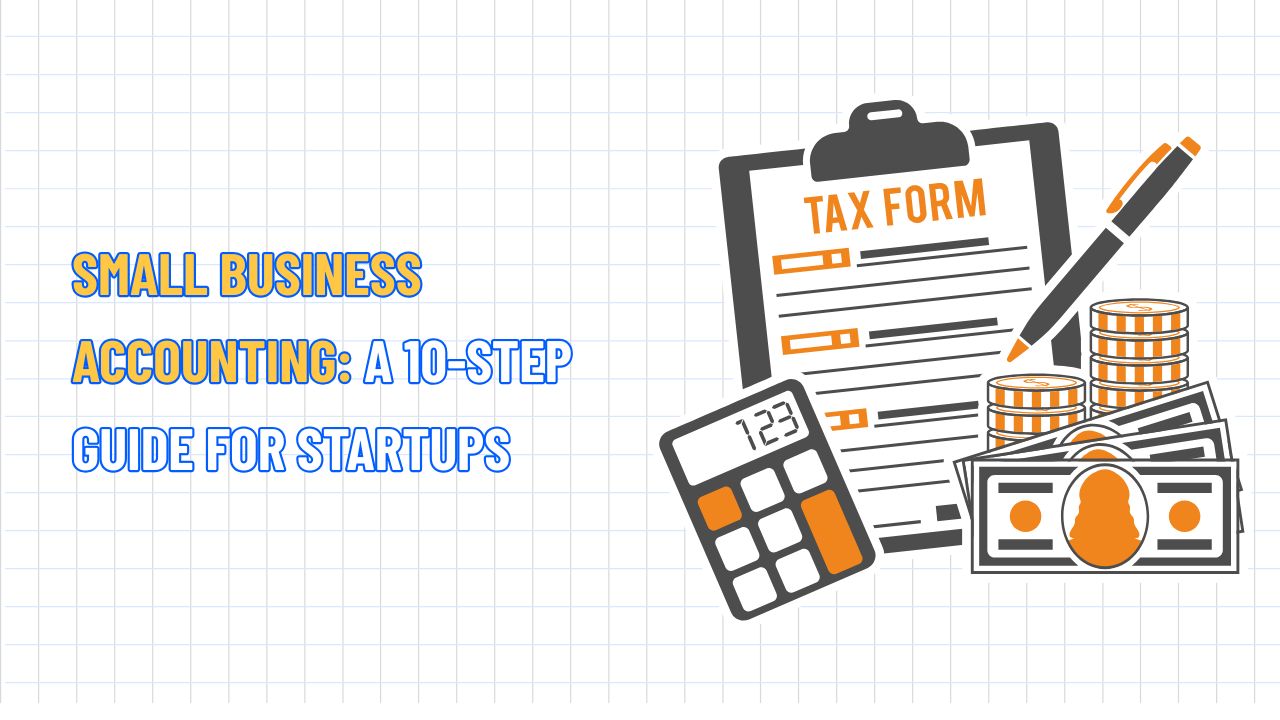How to Make Lip Balm to Sell: Launch Your Home Business Now
Table of Contents Hide
Have you ever considered turning your creative passion into a business opportunity? Whether you’re a beginner or looking to elevate a personal project, this guide will walk you through every step to create high-quality lip balm, build a unique brand, and captivate customers. In the article below, join NextSky to explore how to make lip balm to sell turn your business idea into reality!
Why you should start a lip balm business

Lip balm is an essential companion, used daily by 81% of women and 39% of men (per Mordor Intelligence). From chilly winter days to scorching summer heat, lip balm is always in everyone’s bag. Here’s why making and selling lip balm is a fantastic idea:
- Low startup costs: With just about $12 per tube, you can craft products using accessible ingredients like beeswax, coconut oil, and shea butter, which are natural and skin-friendly.
- Global market potential: According to Google Trends, lip balm is a popular search term in countries like Singapore, Australia, and the UK, with demand spiking during fall and winter when lip care needs soar.
- Easy customization: From natural scents to vibrant colors, or even adding SPF or CBD, you can create a unique product line that appeals to specific customer preferences.
- Simple to start: No expensive equipment or complex formulas are needed—you can begin right at home, turning your kitchen into a creative workshop.
- Expansion opportunities: Once established with lip balm, you can branch out into products like lip scrubs, glosses, or skincare, expanding your brand and ensuring steady revenue growth.
Types of lip balm you can create
To conquer the market, you need to understand the different types of lip balm and how they attract various customer groups. Here are popular options, each with a distinct appeal:
Beeswax lip balm
Beeswax is a star in the lip balm world due to its affordability (around $9 per pound) and ability to form a protective, breathable barrier that locks in moisture. With antibacterial and anti-inflammatory properties, beeswax is ideal for soothing chapped lips. Brands like Burt’s Bees have thrived by building their products around beeswax.

Tinted lip balm
Try tinted lip balm for those wanting soft lips with a pop of color. Adding a touch of natural mica powder or diluted lipstick can create a spectrum of shades from soft pinks to bold reds, appealing to customers who value convenience and style.
Medicated lip balm
Medicated lip balms are perfect for intensive care, using menthol, camphor, or lavender oil to relieve pain and soothe cracks. However, adding these requires compliance with FDA labeling regulations to ensure safety.

CBD lip balm
CBD-infused lip balm is a rising trend, offering deep soothing and recovery for sensitive lips without psychoactive effects. Using pure CBD extract from U.S.-grown hemp ensures THC levels stay below 0.3% and meets ISO17025 testing standards.
Vegan lip balm
Vegan lip balm caters to eco-conscious consumers, using ingredients like coconut oil, cocoa butter, jojoba, and chamomile for adequate hydration and environmental friendliness. Brands like Hurraw! have succeeded with organic, cruelty-free formulas, sometimes adding SPF or light tints.
SPF lip balm
Protecting lips from UV rays is a growing need, especially in sunny regions. SPF lip balms use ingredients like carrot seed oil or zinc oxide, but any SPF claims must be FDA-approved to avoid legal risks.

Step-by-step guide to making lip balm at home
Creating lip balm at home is fun, affordable, and straightforward. Here’s a detailed recipe you can customize to craft a product with your personal touch.
Ingredients and tools needed
- Beeswax: 2 tablespoons (available at farmers’ markets or Bulk Apothecary).
- Shea butter: 2 tablespoons, preferably raw and creamy (from Amazon or Bulk Apothecary).
- Coconut oil: 2 tablespoons, unrefined and nutrient-rich (from supermarkets or Costco).
- Essential oils: 5–10 drops of peppermint, lavender, orange, or grapefruit (from Walmart or Amazon).
- Mica powder or lipstick: ½ teaspoon for optional color (from Bulk Apothecary).
- Tools: Double boiler, wooden spoon, plastic dropper or lip balm pouring tray, standard 0.15 oz tubes or containers.
Steps to make lip balm
- Melt the ingredients: Place beeswax, shea butter, and coconut oil in a double boiler. Heat water in the bottom pot over medium to high heat. As the heat spreads, stir gently until the ingredients melt and blend into a smooth, glossy, lightly fragrant mixture.
- Add fragrance: Once fully melted, remove from heat but keep the top pot in the hot water to maintain warmth. Add 5–10 drops of your chosen essential oil, cool peppermint, sweet orange, or calming lavender. Start with a small amount, test the scent, and adjust to your preference.
- Add color (optional): Mix in a pinch of mica powder or crushed lipstick for a vibrant look. Stir gently to distribute the color evenly, adding more for a bolder shade.
- Pour into containers: Carefully transfer the mixture into tubes or containers using a dropper or pouring tray. Work neatly to avoid spills and ensure a polished final product.
- Cool and set: Let the lip balm cool naturally in a dry, airy space for 4–6 hours until fully solidified. Once set, seal with lids and add personalized labels for a charming touch.
Tips for standing out
- Unique scents: Blend combinations like vanilla-mint or orange-cinnamon for a one-of-a-kind product.
- Texture tweaks: Add more beeswax for a firmer balm or extra coconut oil for a glossier finish.
- Special ingredients: Include aloe vera for healing properties or vitamin E for deep hydration.
Read more: Start Your Own Bath Bomb Business and Make Profits
Secrets to a successful lip balm business
You need a clear plan to turn your passion into a profitable venture. Here are the steps to launch and grow your brand.
1. Research the market
The handmade cosmetics market is competitive, but opportunities abound for those who find the right niche. To stand out, define a clear and aligned market segment:
- Vegan & sustainable: Target eco-conscious consumers with cruelty-free, natural, paraben-free products.
- Premium line: Use high-end ingredients like pure cocoa butter, premium essential oils, and luxurious packaging for discerning customers.
- Specialized care: Develop SPF or medicated balms for specific needs like beach trips, winter, or severely chapped lips.
Tip: Analyze major brands like Burt’s Bees or Hurraw! to identify their weaknesses, then create a refined, superior version. Expanding with complementary products like lip scrubs or glosses to boost per-customer revenue.
2. Choose a memorable and unique brand name
Your brand name is your business’s face. A great name should:
- Be easy to remember, read, and avoid confusion.
- Reflect your brand’s personality: natural, creative, or luxurious.
- Have an available domain for your online store. Use tools like Namelix or Shopify Business Name Generator for quick inspiration.
3. Create a clear business plan
A solid plan saves time, optimizes costs, and keeps you focused. Before starting, answer these key questions:
- Will you sell online, locally, or through retailers like Target?
- What makes your product unique? (e.g., 100% natural, biodegradable packaging, exclusive scents)
- What’s your target price? $4–$7 per tube is a standard, accessible range.
- What’s your initial marketing budget?
4. Comply with legal regulations
Even for handmade products, compliance with legal standards is essential:
- In the U.S.: Follow FDA guidelines, ensure the label lists ingredients and net weight, and avoid untested claims like “sun protection.”
- In the EU/UK: Adhere to European Commission regulations on cosmetic production and packaging.
- For CBD: Use reputable suppliers with independent testing certificates to ensure legality and quality. Stay updated on local regulations, especially for craft fairs, retail stores, or direct-to-consumer sales.
5. Design professional and attractive product labels
Packaging is the first thing customers notice. A great label should:
- Include required info: Ingredients, net weight (e.g., 0.15 oz), scent, and logo or website.
- Use consistent colors: Dark tones for luxury, bright for fresh and youthful vibes.
- Be easy to read: Use large, horizontal text so customers don’t need to rotate the product.
- Look professional: Add tamper-proof seals or embossed logos for brand consistency. Use Canva or free label templates from OnlineLabels to save time.
6. Take high-quality product photos
Professional photos are your secret weapon for online sales. Follow these tips:
- Minimalist background: Neutral colors like white, beige, or natural textures like wood or linen make your product pop.
- Swatch on skin: For tinted balms, show the shade on skin to help customers visualize the actual color.
- Inspirational props: Add mint leaves, lavender buds, or dried orange slices to evoke scents and emotions.
- Natural lighting: Soft window light enhances texture and color, avoiding harsh shadows.
7. Write engaging, SEO-optimized product descriptions
Don’t just list ingredients—tell a story. Suggested structure:
- Friendly tone: Write as if chatting with the reader. E.g., “Your lips deserve this cool mint pampering.”
- Highlight benefits: “Shea butter deeply moisturizes,” “Chemical-free, safe for kids.”
- Natural keywords: Include “natural lip balm” or “homemade lip balm” in the title, opening, and closing.
- Explain ingredients: Customers want to know what each component does. Use tools like Marmalead, eRank, or Google Keyword Planner to research keywords.
8. Marketing strategies for lip balm
- Online store: Start with Shopify, a user-friendly e-commerce platform. Choose fast-loading, SEO-optimized themes like Glozin or Agile for a seamless customer experience.
- Visual social media: Focus on Instagram and Pinterest with authentic behind-the-scenes reels, polished tutorials, or striking before-and-after images.
- Email marketing: Use Shopify Email or Klaviyo for automated sequences, from welcome emails to new product alerts and personalized offers to nurture loyal customers.
- Giveaways: Run campaigns to boost engagement, expand reach, and attract new followers organically.
9. Offline sales
- Craft fairs: Nothing beats the tactile experience of customers holding your handmade lip balm. Use these events to build emotional connections and trust.
- Pop-up shops: Partner with salons, spas, or cosmetic stores for temporary displays to reach your target audience without heavy investment.
- Wholesale distribution: Build relationships with boutiques, spas, and gift shops for bulk sales to scale your business.
- Collect customer data: Every touchpoint is an opportunity. Gather emails, encourage social media follows, and offer loyalty programs to drive repeat purchases.
10. Packaging: Create an emotional connection
Craft an unforgettable unboxing experience to delight customers and encourage repeat purchases:
- Sturdy packaging: Use thick cardboard boxes or padded bags to ensure products arrive in perfect condition.
- Personalized touches: Include a “Thank You” label or handwritten note to show appreciation.
- Eco-friendly message: Opt for recycled paper packaging and plant-based ink to align with environmental values.
11. Price your product effectively
The ideal price range for lip balm is $4–$7 per tube, depending on factors that add value:
- Premium ingredients: Organic components or high-value additives like CBD justify higher prices and elevate perceived quality.
- Unique packaging: Metal tins or custom-designed containers enhance protection and create a premium visual impression.
- Smart bundles: Offer sets of 3–5 tubes or themed collections (e.g., holiday sets) to encourage larger purchases and boost order value. Monitor competitors’ prices on Etsy, Amazon, and similar platforms to adjust your pricing strategy dynamically.
12. Expand your brand
Once your brand gains traction, take strategic steps to grow:
- Diversify products: Add gentle lip scrubs, glossy lip balms, or intensive lip creams to enhance the customer experience.
- Collaborate with influencers: Partner with KOLs for authentic reviews to connect with customers organically.
- Seasonal campaigns: Launch limited-edition products like cinnamon-scented holiday or SPF balms for summer.
- Professionalize wholesale: Create polished catalogs for spas, salons, or local cosmetic stores to expand distribution.
Read more: 13 High-Profit Cosmetics Business Ideas to Launch
Starting a lip balm business is an inspiring way to blend creativity with entrepreneurship. With this guide from Shopify, unleash your creativity and watch your handmade lip balm business flourish!










